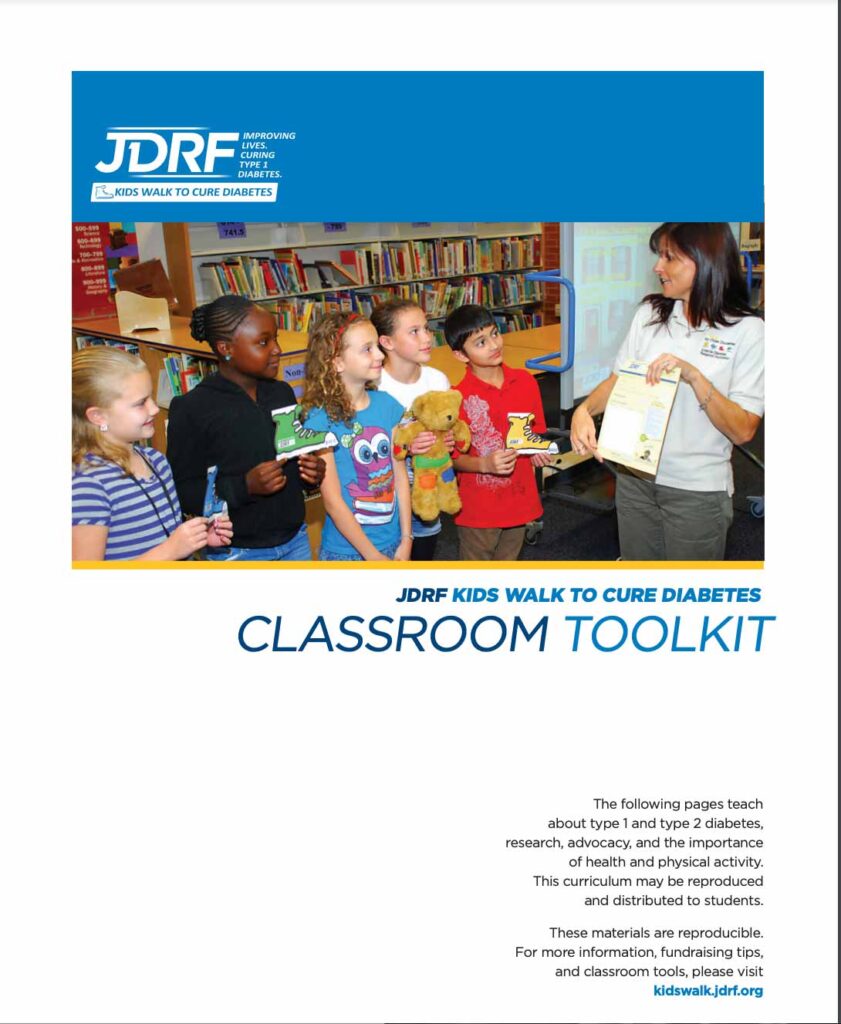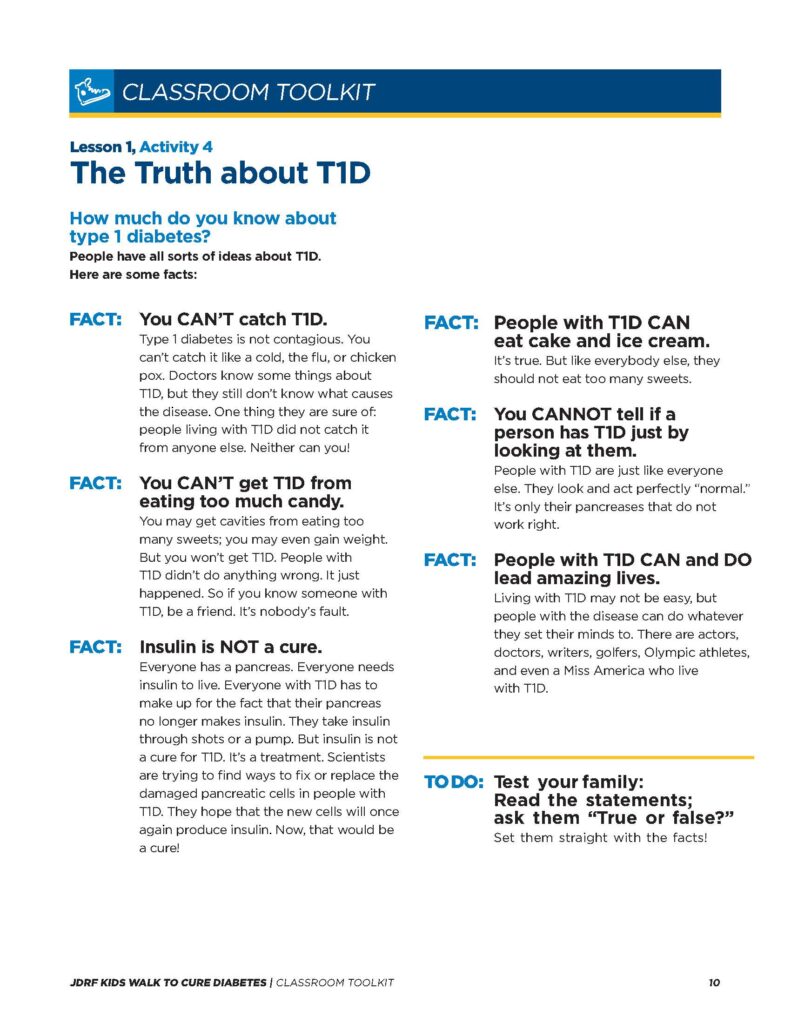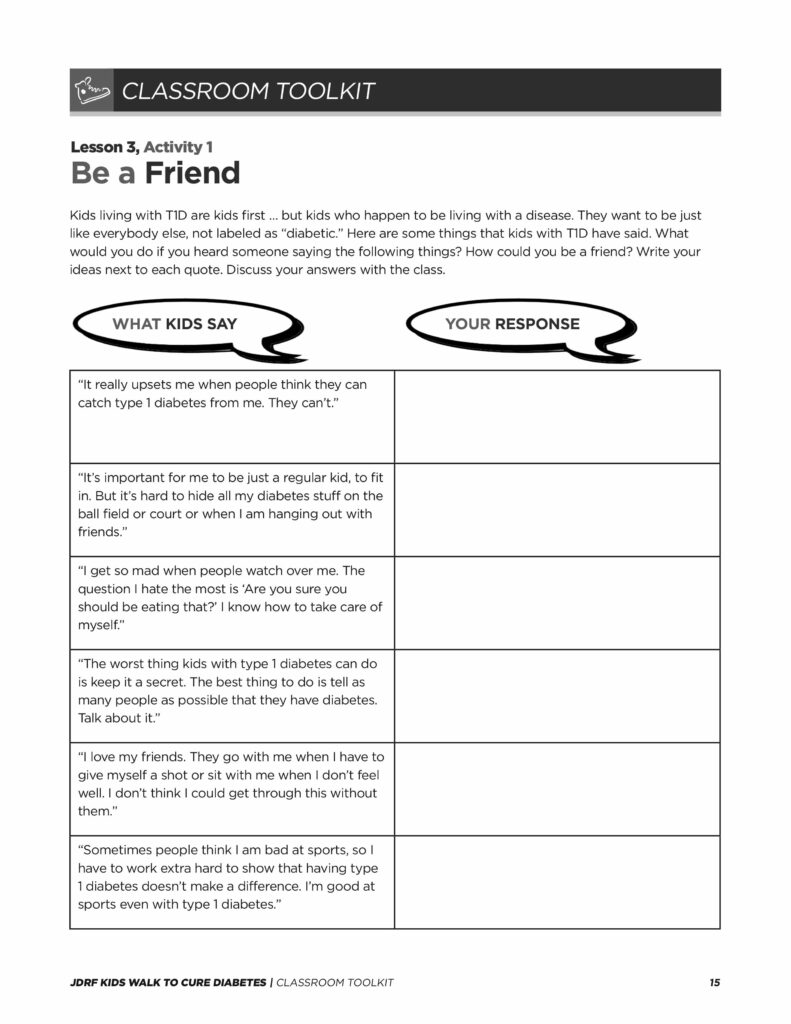ENRICHMENT
Chronic Medical Conditions Resources
These units — Allergic Conditions, Asthma, Diabetes and Epilepsy — help students understand which part of the body is affected by each condition, how each can be monitored and managed, and how to help and be a friend to people affected by each condition.
Key themes:
- Allergies, asthma, diabetes, and epilepsy are not contagious.
- These conditions are chronic and can usually be managed with proper medical care, medications, advance planning, and lifestyle adjustments, but there is presently no cure for any of them.
- Allergies, asthma, diabetes and epilepsy are “hidden” conditions. You cannot tell by looking at someone whether he or she has any of these conditions.
- Being patient and offering help when needed are some of the best ways to be a friend to someone with a chronic medical condition.
- People with chronic medical conditions do lots of things like play sports and participate in other activities but may sometimes need to take a break to manage their condition.
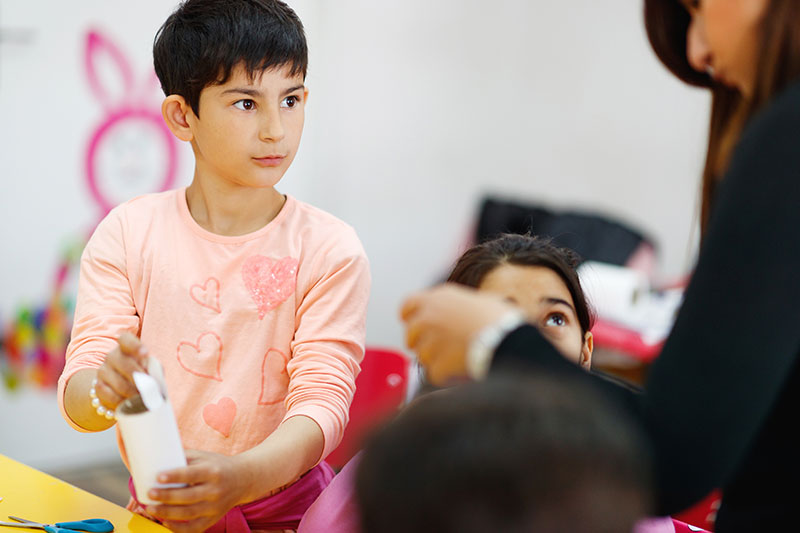
Suggested reading – Allergic Conditions
Dustmitezilla, A story by Chaz, 3rd Grade, Green Hope Elementary School
Summary: Frankie gets a microscope for his birthday and sees a dustmite. Wanting to see it better he concocts a potion and the dustmite grows to become a giant monster. The town allergist has an idea for how to the save the town from their allergic response to Dustmitezilla!
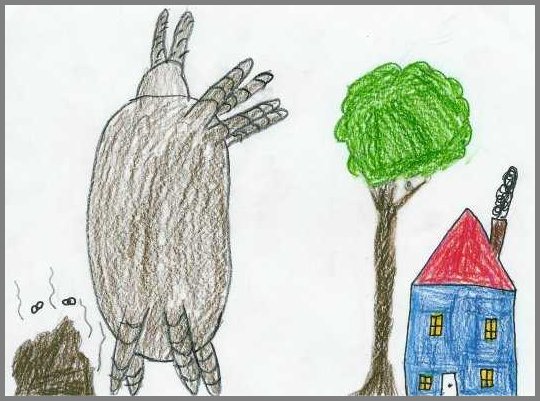
Suggested reading – Asthma
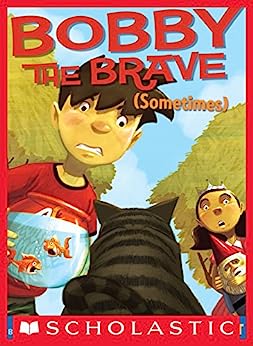
Bobby the Brave (Sometimes) by Lisa Yee (author), Dan Santat (Illustrator)
This book is available to borrow as an e-book through the Minuteman Library Network.
Summary: In this book, Bobby fights his fears — of stage fright, disconnection from his dad, the wolf pack of girls, and the evil neighbor cat with twenty-seven toes–to discover himself and accept that it is okay to be different.
Questions to consider:
- How would you describe Bobby to someone who has never met him?
- How would you feel following in the footsteps of a “famous” parent?
- How does Bobby feel about himself? Do you see a strength in Bobby that he does not. How does he come to realize he is “good” at something?
- How does the costume Bobby’s father chooses for Halloween make Bobby feel?
- In the beginning of the story how is Bobby able to confront the bully? Does that change by the end of the story?
- When Bobby is made captain, how does he choose his team members? How do the way they play differ from the way the other teams play and react?
- What things does Bobby have to avoid due to his asthma condition? What adjustments does he make to things like having a pet?
- What triggers an asthma episode and how can you treat it?
- How does Bobby feel after suffering an asthma episode at a school event?
- How does confronting Jillian Zarr on his own make Bobby feel? Do you think he did the right thing?
- How do the other students treat Bobby?
- What happens when Bobby explains his medical condition to the class? How does it change what they think about him?
- Do you see parts of yourself in any character? Which one and why?
- Which character do you admire the most? Why?
Suggested reading – Diabetes
Up for the Challenge by Leigh Olsen
Read the digital book here.
Summary: Allie should be thrilled at being made a starter on her soccer team. There’s only one problem: she’s just been diagnosed with type 1 diabetes, and she’s not sure she’s ready to get back out on the field. Between balancing her new responsibilities to her team and learning how to manage her diabetes, Allie just feels lost. Allie learns to open up to her friends and family about her feelings, and finds herself back on the field, trying to put her worries behind her and be the best player she can be. But is she up for the challenge?
Questions to consider:
- How does Allie’s diagnosis affect her confidence in school? As a soccer player?
- Why and when does Allie worry about and check her blood sugar?
- Why is Allie reluctant to stay for Charlene’s birthday sleepover? How does she prepare for the birthday dinner? Why does she lie to her friends about why she has to leave?
- How does her best friend Jo respond when Allie explains her diagnosis? How would you respond if your friend told you something similar?
- How did Allie‘s soccer team friends react when she finally tells them? How does that make Allie feel? How is Helen’s story about her cousin helpful?
- Allie experiences a low at the scrimmage. What has she learned about how to handle that?
- How does Allie plan with her diabetes nurse to get through the championship game and banquet successfully? What does she need to do?
This book is part of a series that Disney and Lilly Diabetes have joined together to create great reads about children diagnosed with Type 1 Diabetes.
Like basketball more than soccer? Try this very similar story about Justin Cooper.
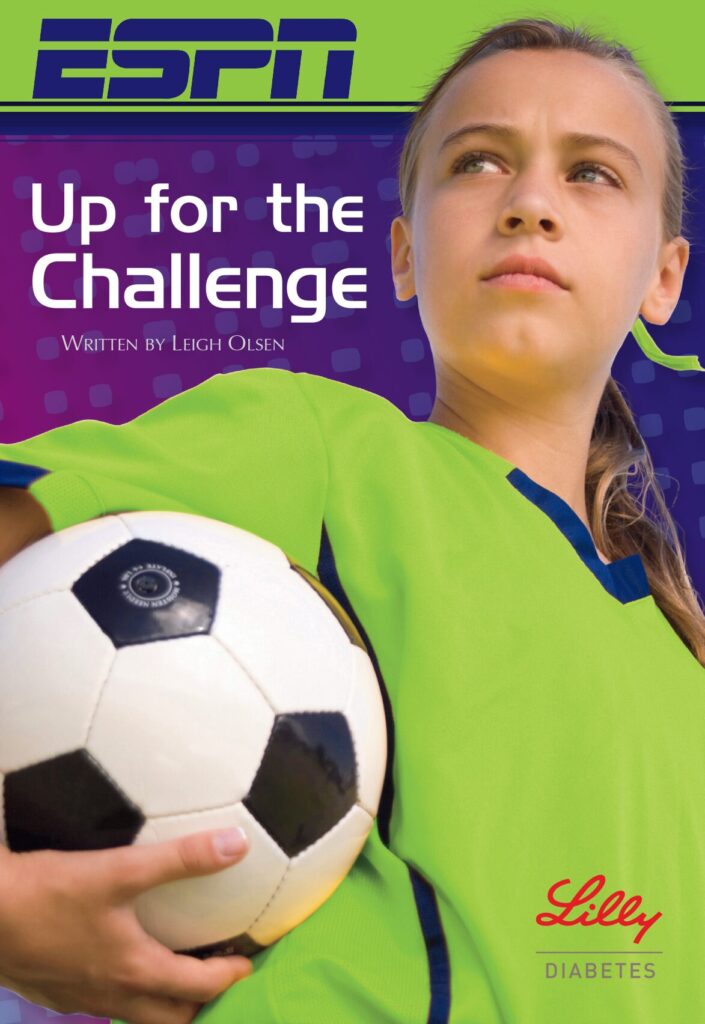
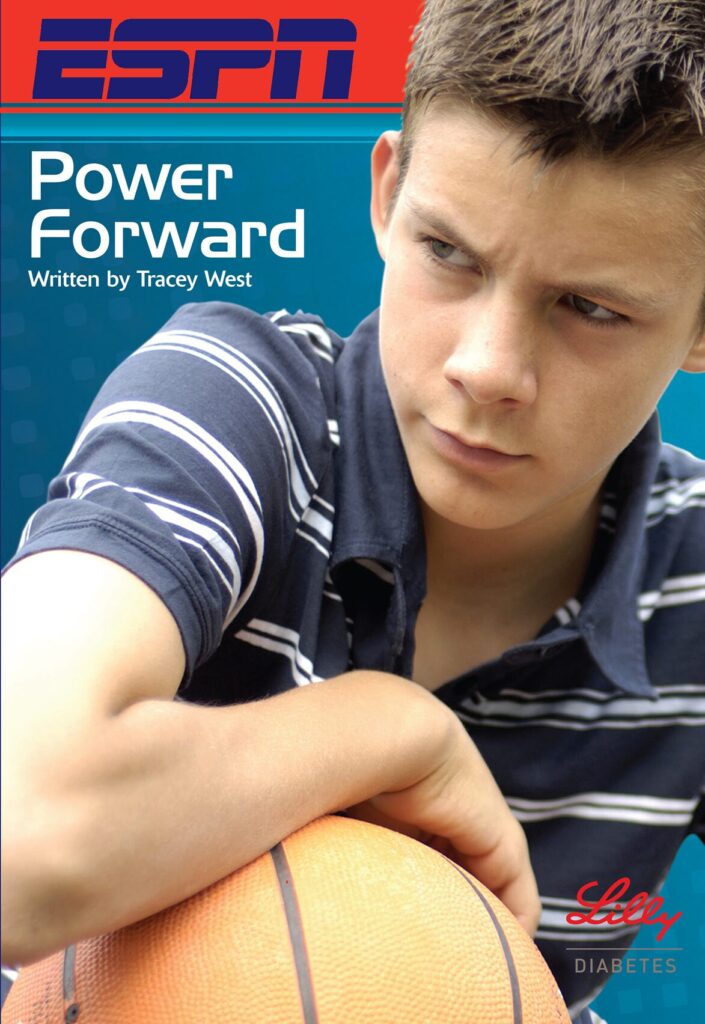
Power Forward by Tracey West
Digital book only; find it here.
Summary: Justin Cooper can’t believe it. He’s been chosen to captain his basketball team! Then everything changes. Justin is diagnosed with type 1 diabetes. Suddenly Justin finds himself trying to navigate a changing life: learning how to manage his diabetes, all the while trying to keep his diagnosis from his friends. His diabetes care team tells him he can still play basketball, but he’s not so sure. And what’s more, Justin’s nerves are getting the best of him on the court. Justin knows he has to find a balance between his diabetes and the rest of his life, but how? And can he do it before he alienates his teammates for good?
Offline Activity
Try some activities from the JDRF Kids Walk Classroom Toolkit.
This book is available to borrow as an e-book through the Minuteman Library Network.
Web-based resource
JDRF and Lilly video – Type 1 Diabetes: What You Need to Know
A short video that explains life with type 1 diabetes (T1D) to extended family, caregivers, teachers, coaches and fellow students. Find this video and more on the JDRf website.

